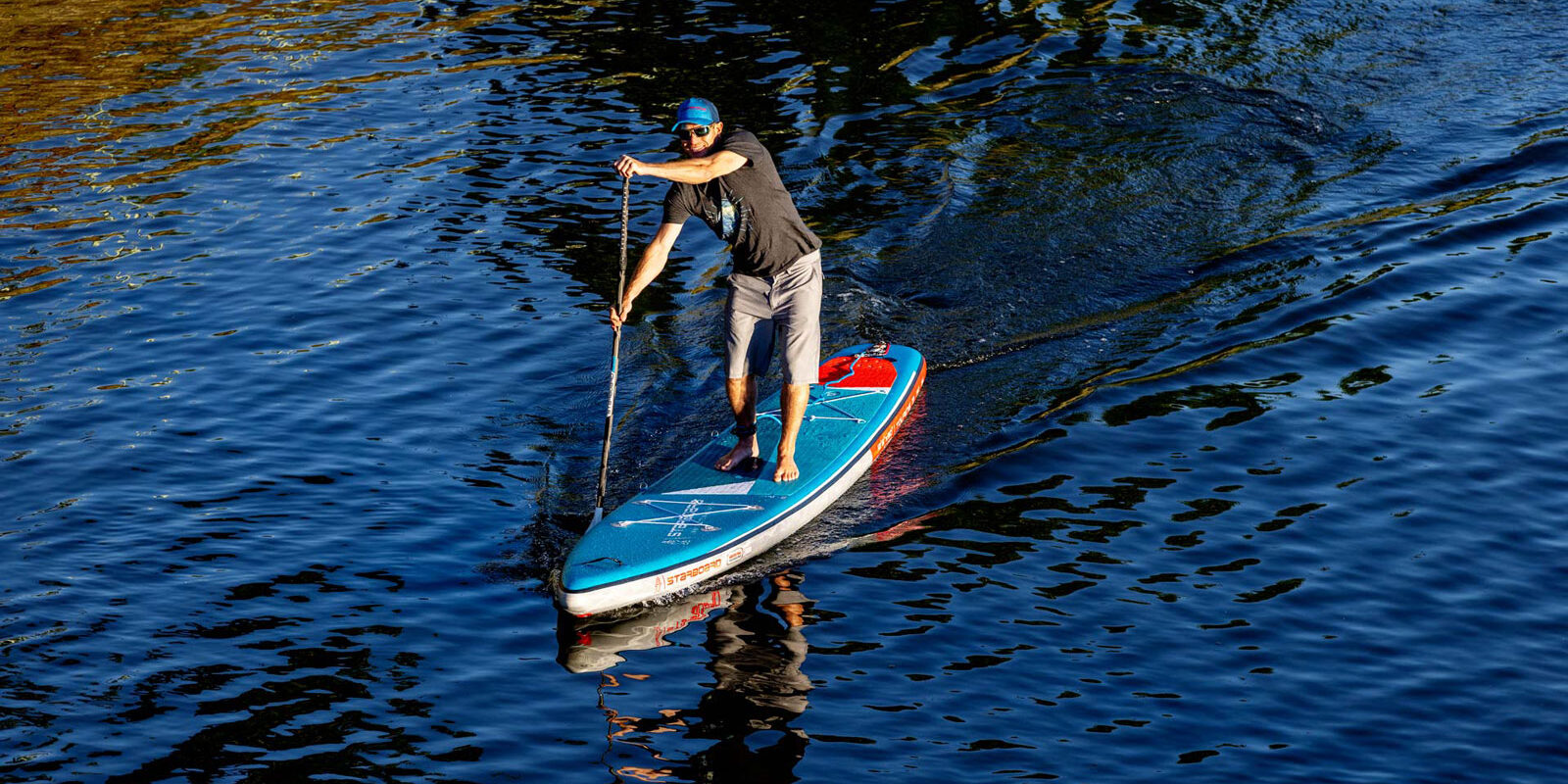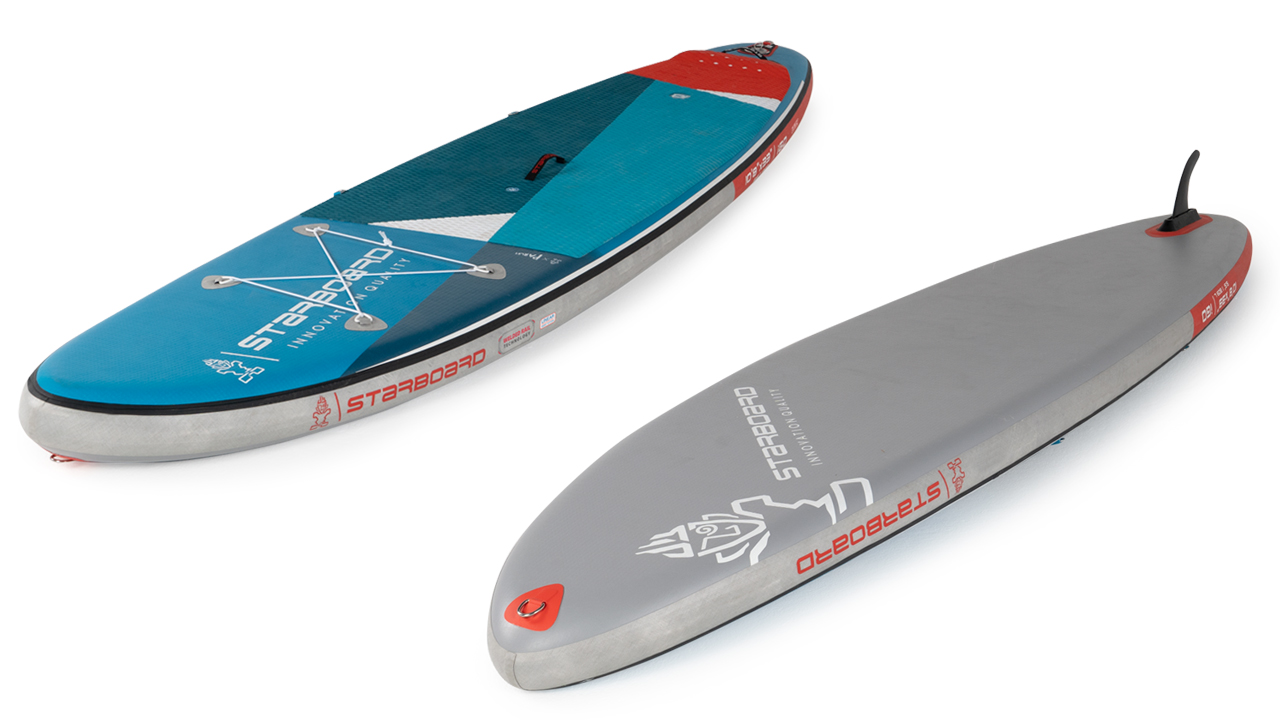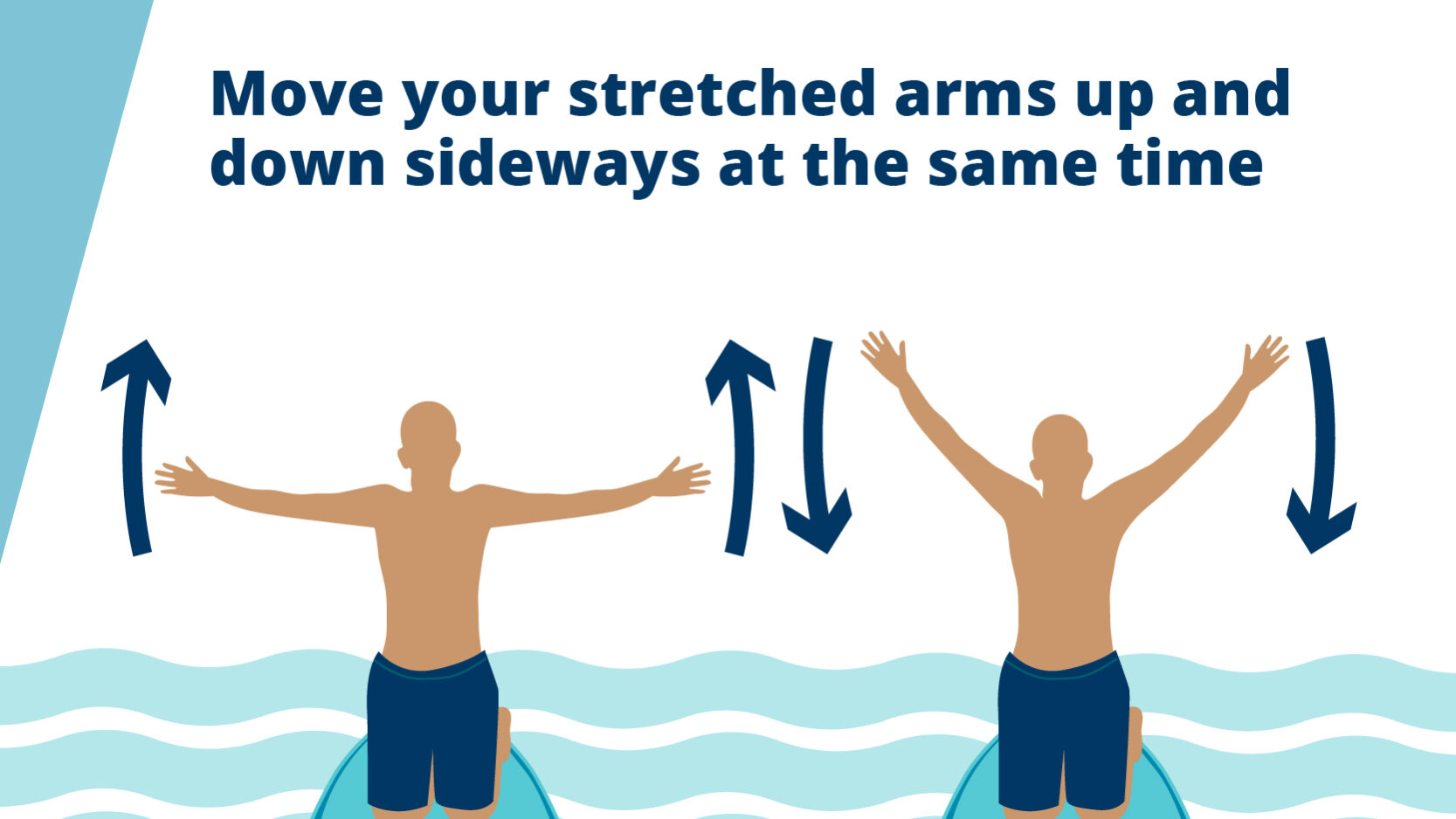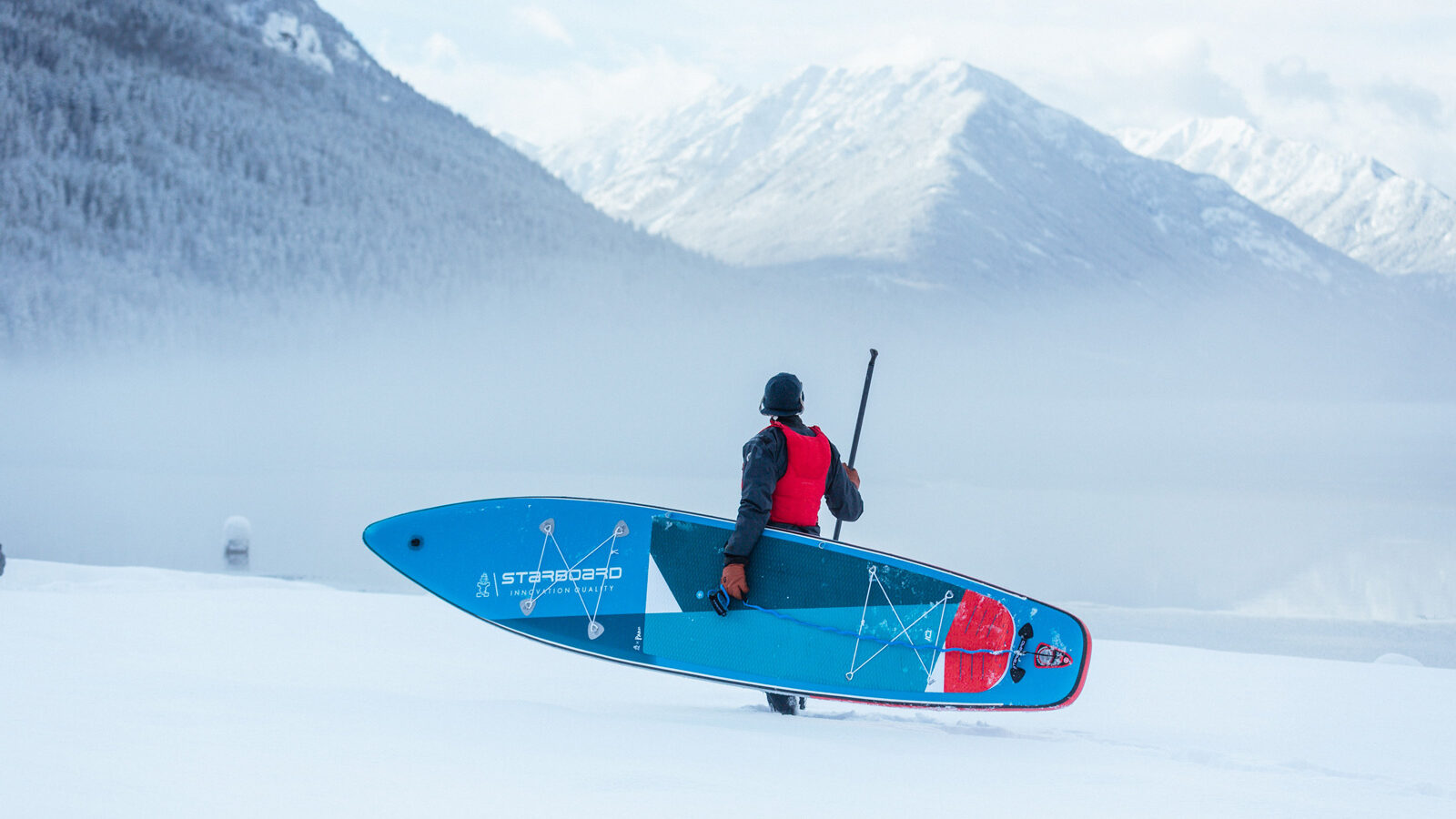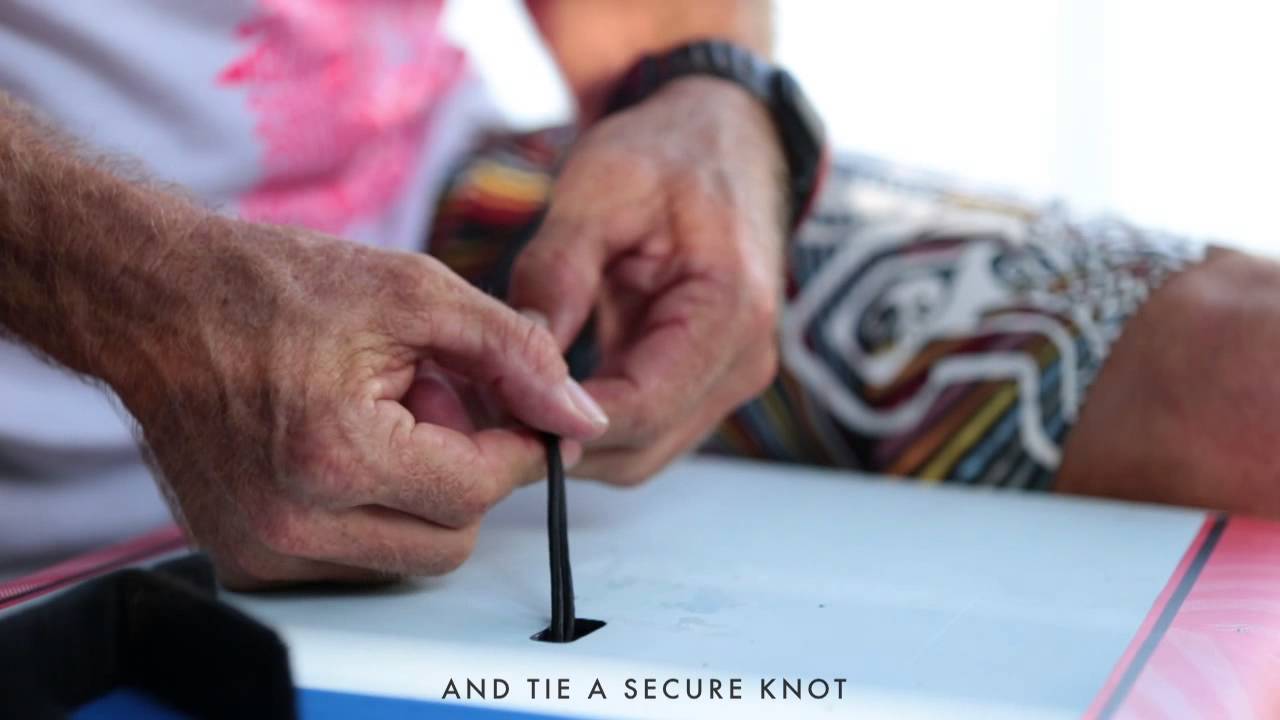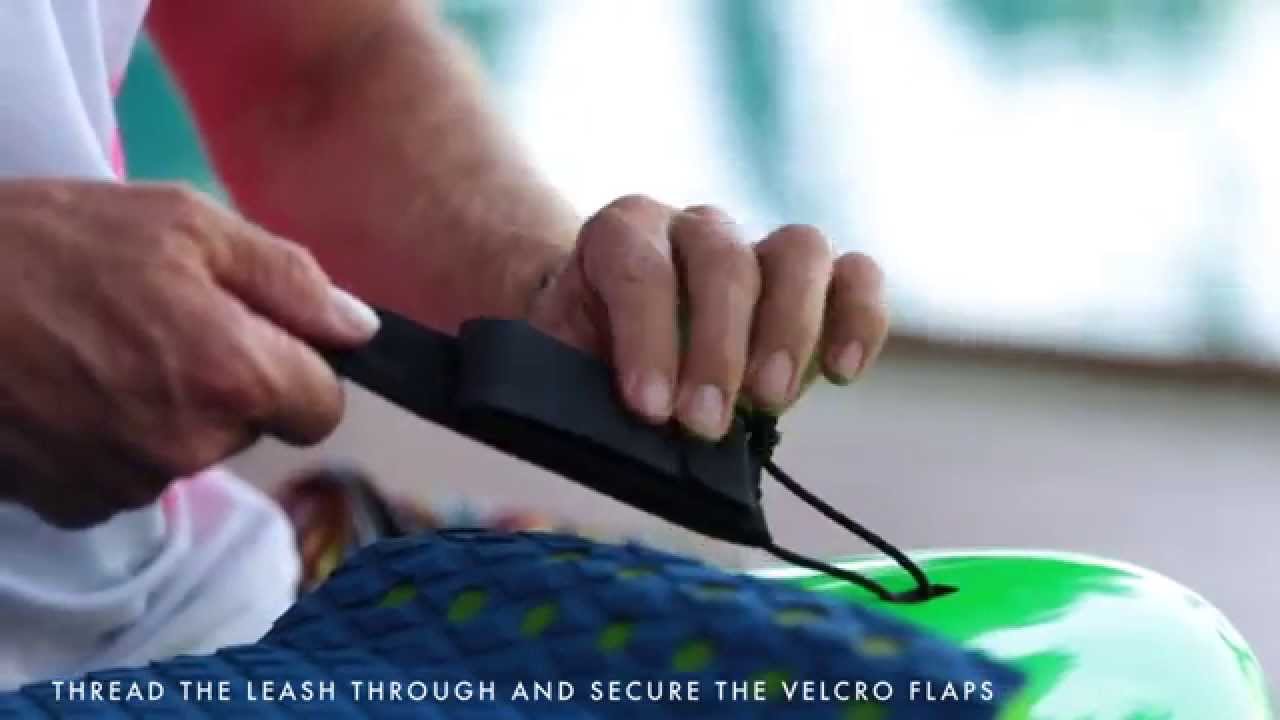Paddle boarding, also known as stand-up paddleboarding (SUP), is a popular water sport that involves standing on a long, narrow board and propelling oneself forward with a paddle. Paddle boarding is a fun and rewarding activity that can be enjoyed by people of all ages and skill levels. However, like any activity, there are certain things that you should avoid when paddle boarding in order to ensure an enjoyable and safe experience. In this article, we will cover five things that you should avoid when paddle boarding:
- Choosing the wrong equipment
- Paddling in unsafe conditions
- Not wearing a leash & personal flotation device (PFD)
- Paddling alone
- Not following proper paddling technique
1. Choosing the wrong equipment
One of the most important things to avoid when paddle boarding is choosing the wrong equipment. Paddle boards come in different sizes, shapes, and materials, and it is important to choose a board that is suitable for your needs and skill level. Beginners may want to opt for a wider, more stable board, while more experienced paddlers may prefer a narrower, faster board. In addition to the board, you will also need a paddle and personal flotation device (PFD). It is important to choose a paddle that is the right length for your height, as a paddle that is too short or too long can be difficult to use. As for the PFD, it is important to choose a well-fitting PFD that is appropriate for your activity level and the conditions.
2. Paddling in unsafe conditions
Another thing to avoid when paddle boarding is paddling in unsafe conditions. This includes paddling in rough or choppy water, strong currents or tides, or in poor weather conditions. It is important to check the weather and water conditions before you go out, and to paddle with caution if conditions are less than ideal. It is also important to be aware of your surroundings and to stay clear of other watercraft and swimmers.
3. Not wearing a leash and personal flotation device (PFD)
Wearing a leash and a personal flotation device (PFD) is essential for safety when paddle boarding. The leash keeps you permanently attached to your SUP, and can act as a safety raft if you ever get into a tricky situation. PFDs provide flotation and can help to keep you afloat in the event of a fall or accident. It is important to choose a well-fitted PFD that is appropriate for your body weight, and to wear it at all times while paddling.
4. Paddling alone / Solo paddling
While paddle boarding can be a peaceful and solitary activity, it is important to avoid paddling alone if possible. If you do choose to paddle alone, it is important to let someone know where you are going and when you will be back, and to bring a cell phone or other means of communication in case of emergency. It is also a good idea to bring a whistle or other signalling device in case you need to attract attention.
5. Not following proper paddling technique
Proper paddling technique is essential for an enjoyable and efficient paddling experience. Some common mistakes that you should avoid when paddle boarding include paddling with a bent back, using an overly narrow grip on the paddle, and not alternating sides when paddling. By learning proper paddling technique and avoiding these mistakes, you can paddle more efficiently and avoid fatigue and muscle imbalances.
In conclusion, stand up paddle boarding is a fun and rewarding activity that can be enjoyed by people of all ages and skill levels. By avoiding the above mistakes and following proper safety guidelines, you can ensure that your paddle boarding experience is enjoyable and safe. Whether you are just starting out or are an experienced paddler, these tips will help you get the most out of your time on the water.
In conclusion, stand up paddle boarding is a fun and rewarding activity that can be enjoyed by people of all ages and skill levels. By avoiding the above mistakes and following proper safety guidelines, you can ensure that your paddle boarding experience is enjoyable and safe. Whether you are just starting out or are an experienced paddler, these tips will help you get the most out of your time on the water.

